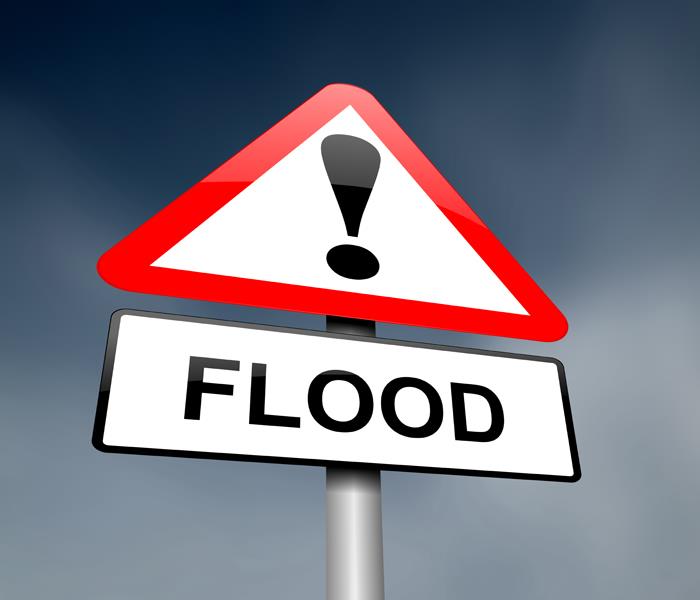How to Clean Up After a Sandy Springs Flood
6/18/2015 (Permalink)
How to Clean Up After a Flood
Cleaning up after a Sandy Springs flood must begin as soon as possible. Here are the steps you should take.
First, contact SERVPRO to get rid of standing water and dry out floors, walls and household items as fast as possible to prevent mold and mildew and prevent additional damage. Their clean-up professionals will pump out the water, dry out the affected areas and their contents and find hidden spaces where mold and mildew could grow undetected. Make sure you get a complete assessment of all the damage, from the sub-flooring to the furniture.
Many homeowners and business owners treat this as a do-it-yourself project to save money. However, their lack of knowledge and experience in this field often results in additional damage.
SERVPRO is IICRC certified, its professionals possess the equipment, skills and knowledge to efficiently and effectively solve this daunting problem. They will evaluate the situation and promptly begin cleaning up your property and possessions.
Drying out your property and possession is critical but only a certified professional can determine whether disinfection or other steps are required based upon the water source and nature of the damage.
The Institute of Inspection Cleaning and Restoration Certification has established the S500 standards, which classify the water involved in a Sandy Springs flood and the water damage that occurs.
The three categories of water are
1.)sanitary sources such as undamaged water lines, bottled water or a clean toilet tank;
2.)some contamination that could result in illness, such as from a toilet (with only urine), washing machine or dishwasher and;
3.)extremely unsanitary that could produce serious health problems or death. The first two categories can become extremely unsanitary if not dealt with promptly or if they are exposed to increasing temperatures or further contamination.
The four categories of water damage are:
1.) a low volume of evaporation and absorbed moisture, usually only impacting some of the property and not affecting the floor or surrounding objects
2.) a larger water volume that can include an entire room with walls damaged up to two feet high
3.) the greatest amount of water with the entire area soaked and walls damaged above the two-foot mark (water often is found in carpeting, walls, insulation and sub-flooring)
4.) involves non-porous surfaces and can include large moisture pockets.
Only certified professionals with the right moisture detection equipment can search for structural damage. If this isn't done properly, there could be future problems. Professionals know to shut off the electricity and other utilities and protect themselves against pathogens and animals in the Sandy Springs flood waters. They also can work with your insurance company during the claims process.
Technicians certified by the Institute of Inspection Cleaning and Restoration Certification, such as those from SERVPRO, are trained to identify the causes and locations of moisture, assess current and future mold growth and control damage while also preventing additional contamination. They also have the materials and tools to return your property to its prior, undamaged condition.
What To Do After Flooding
- Remove excess water by mopping and blotting.
- Wipe excess water from wood furniture after removal of lamps and tabletop items.
- Remove and prop wet upholstery and cushions.
- Place aluminum foil or wood blocks between furniture legs and wet carpeting.
- Turn air conditioning on for maximum drying in summer.
- Remove colored rugs from wet carpeting.
- Remove art objects to a safe, dry place.
- Gather loose items from floors.
What NOT To Do After Flooding
- Don't leave wet fabrics in place. Hang furs and leather goods.
- Don't leave books, magazines or other colored items on wet carpet or floors.
- Don't use your household vacuum to remove water.
- Don't use television or other household appliances.
- Don't turn on ceiling fixtures if ceiling is wet, and keep out of rooms where ceilings are sagging.





 24/7 Emergency Service
24/7 Emergency Service
